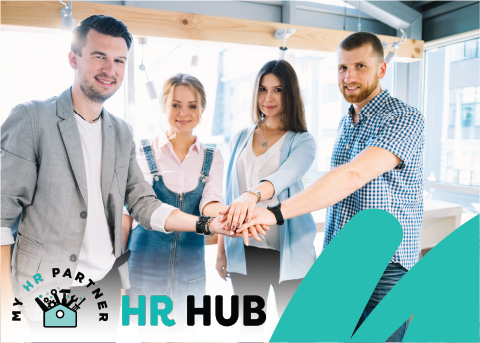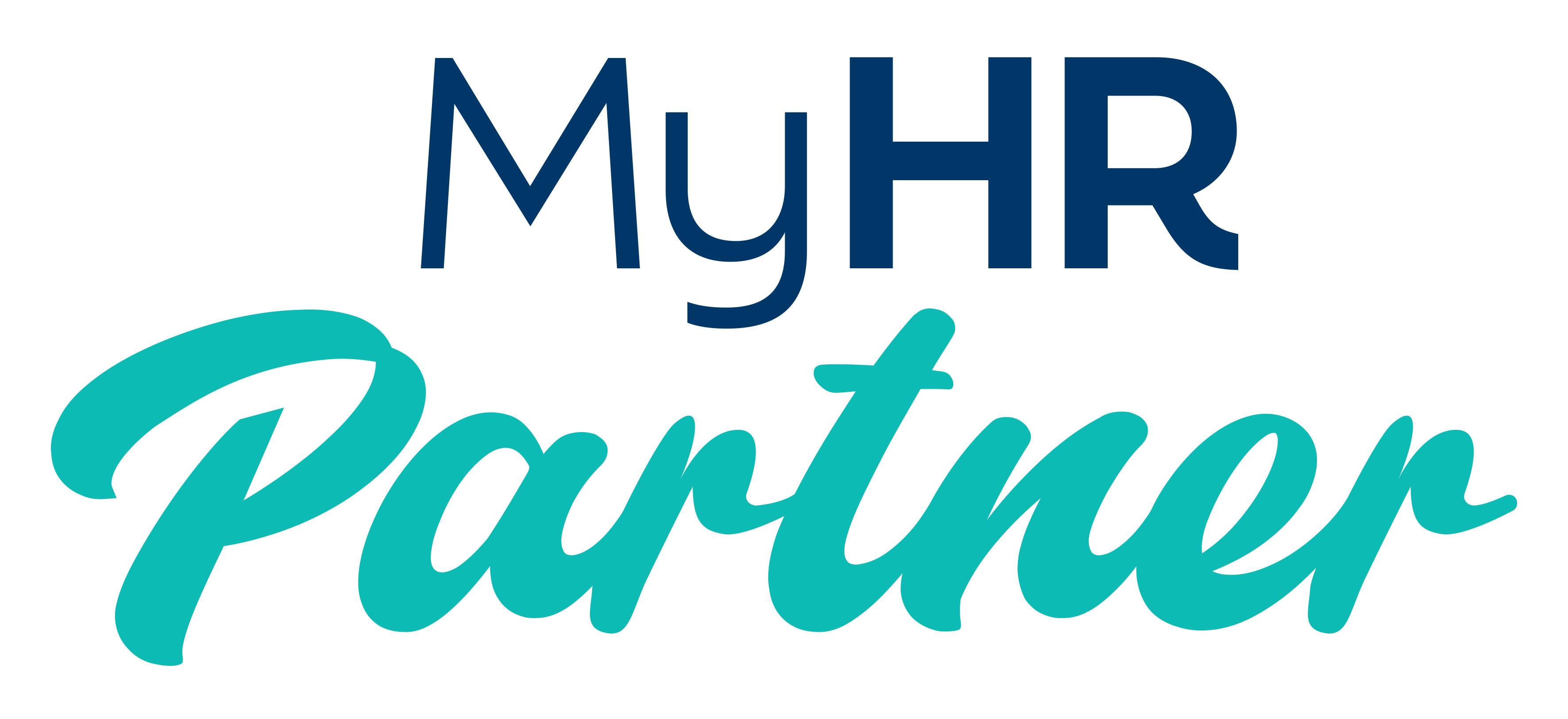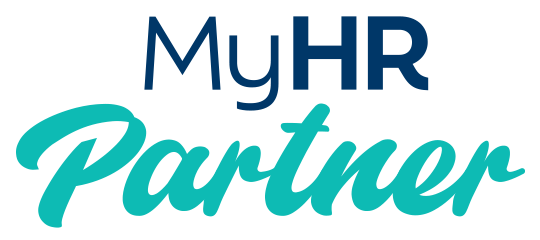Why go searching the web for HR answers, when you can save time and money with all your HR resources in one convenient place.
With the My HR Partner HR Hub, you can access a wide range of tools and resources to make managing your HR responsibilities easier than ever before.
Discover exactly how to respond to HR challenges in your business with our HR Hub Membership. You’ll have access to our invaluable resources 24/7 AND the opportunity to tap into support from Karen via Q&A sessions, masterclasses & webinars.
Why go searching the web for HR
answers, when you can save time and
money with all your HR resources in
one convenient place.
With the My HR Partner HR Hub,
you can access a wide range of tools
and resources to make managing your
HR responsibilities easier than
ever before.
Discover exactly how to respond
to HR challenges in your business with
our HR Hub Membership. You’ll have
access to our invaluable resources 24/7
and the opportunity to tap into
support from Karen via our Q&A
sessions, master classes & webinars.

RECRUITMENT
PAYROLL & COMPLIANCE
LEAVE
EMPLOYEE PERFORMANCE
ENDING EMPLOYMENT
HEALTH & SAFETY
Our HR Hub Membership includes up to date links to awards, award pay guides, Fair Work Information Statement,
Casual Employment Information Statement, and much more. Plus, our templates, checklists, and info sheets cover a range of subjects
to help you manage your team effectively in areas such as recruitment, payroll and compliance, leave, employee performance,
ending employment, and health and safety.
Our Membership offers access to the resources you need, when you need them, to manage your team effectively.
Our HR Hub Membership also
includes up to date links to awards,
award pay guides, Fair Work Information Statement, Casual Employment
Information Statement, and much more.
Plus, our templates, checklists, and
info sheets cover a range of subjects
to help you manage your team effectively
in areas such as recruitment, payroll
and compliance, leave, employee
performance, ending employment,
and health and safety.
Our Membership offers access
to the resources you need to manage
your team effectively.
$697 / Year
Monthly Q&A sessions
Employee Onboarding Hub
20% discount on HR advice calls
20% discount on employment contracts
20% discount on all other HR services
Plus access to these resources:
• Videos
• Webinars
• HR Template Library
• HR Checklist Library
• HR information
$197 / Quarter
Monthly Q&A sessions
Onboarding Hub not included
20% discount on HR advice calls
20% discount on employment contracts
20% discount on all other HR services
Plus access to these resources:
• Videos
• Webinars
• HR Template Library
• HR Checklist Library
• HR information
WHAT IS INCLUDED IN THE PAID HR HUB?
Monthly subscription inclusion
Over 60 templates & checklists to help you with payroll & compliance, leave, termination of employment, managing performance, recruitment and health & safety.
Yearly subscription inclusion
Over 60 templates & checklists to help you with payroll & compliance, leave, termination of employment, managing performance, recruitment and health & safety.
Employee Onboarding Hub - send your contracts and policies online and also integrates with Xero so employee details can be uploaded directly from the information entered by the employee.
WHAT QUESTIONS CAN I ASK IN THE Q&A SESSIONS?
You can ask any HR related questions that need a general answer. If the question is too indepth or is very specific to your business, you may need to book in for one of our discounted HR calls.
WHAT IS THE EMPLOYEE ONBOARDING HUB?
The Employee Onboarding Hub is a platform where you can send your employees their employment contract and they enter all of their details including their payroll information such as their bank account details, Tax File Number declaration and their Superannuation account details.
It integrates with Xero, MYOB and Deputy so it saves you time on data entry.
You can also save employees’ certificates, licences and set reminders for expiry dates.
ARE THE Q&A SESSIONS RECORDED?
Yes, the Q&A sessions are recorded and saved in the HR Hub and you can watch them whenever you want.
WHAT CAN I ASK IN THE Q&A SESSIONS?
Anything HR related – for example pay rates, Award information, advice about managing performance, questions about leave entitlements.

HOW DO I GET THE DISCOUNTED HR CALLS, EMPLOYMENT CONTRACTS AND HR POLICIES?
You can order your discounted documents with your special member’s link.

WHAT OTHER RESOURCES ARE IN THE HR HUB?
Webinars, Master Classes & Q& A Sessions
Links to: Awards ~ Award pay guides ~ Fair Work Information Statement ~ Casual Employment Information Statement ~ & more
Templates, checklists and Info Sheets to give you information about a range of subjects to help you manage your
team in relation to:
Recruitment ~ Payroll & Compliance ~ Leave ~ Employee Performance ~ Ending Employment ~ Health & Safety
Our Latest Blog Post

Kindness and Empathy in the Workplace: Why It’s Good for People—and the Bottom Line
Kindness and Empathy in the Workplace: Why It’s Good for People—and the Bottom Line
Kindness and empathy might sound like soft concepts. Nice-to-haves. The warm and fuzzy stuff reserved for motivational posters and the occasional feel-good email. But in today’s workplaces, these traits are fast becoming more than a "nice to have" but they are now business imperatives—and smart business owners and leaders are paying attention.
Let’s be clear: kindness isn’t weakness. Empathy isn’t a distraction. They’re power skills. Strategic advantages. And when embedded into your workplace culture, they don’t just make people feel better (although they certainly do)—they make your business perform better too.
First, a Quick Reality Check
The modern workplace is undergoing a quiet revolution. Employee expectations have shifted. People want more than a pay packet and maybe a few other perks. They want to feel valued, respected, and understood. They want to work somewhere that aligns with their values. Somewhere human.
And let’s face it: with mental health challenges on the rise, burnout still bubbling away post-pandemic, and ongoing change fatigue, businesses need to do more than manage performance—they need to support the humans behind the KPIs.
That’s where kindness and empathy come in. They’re not a fluffy bandaid. They’re a foundation.
So What Does Kindness Look Like at Work?
Spoiler alert: it’s not just about muffins at morning tea (although, let’s be honest, muffins help at any time! ).
Workplace kindness is practical. It’s listening without interrupting. It’s giving feedback with care. It’s checking in when someone’s off their game. It’s saying thank you—and meaning it. It’s making space for vulnerability, not punishing it.
In leadership, kindness is giving people clarity and consistency. It’s not sugarcoating the hard stuff but delivering it with respect. It’s having the tough conversations because you care—not in spite of it.
And in practice, kindness means setting up systems and policies that value people as people. Think flexible work, honest gratitude, genuine wellbeing initiatives, inclusive communication, and leaders who lead with heart.
Empathy: The Business Superpower
Empathy takes things a step further. It’s not just being nice—it’s understanding how others feel and responding accordingly. It’s what allows leaders to connect and support, and teams to thrive.
Companies that foster empathy don’t just have happier teams—they’re more innovative and more productive too. Why? Because empathy builds trust, and trust is rocket fuel for collaboration, creativity, and commitment.
Empathy also makes us better at handling conflict and problems (which are inevitable), and navigating change (which is constant). It helps us move from the attitude of “what’s wrong with them?” to “what’s going on for them?” That shift in perspective changes everything.
The ROI of a Kindness Culture
Let’s talk money. Because yes—kindness has an ROI.
Studies consistently show that psychologically safe, empathetic workplaces outperform those that rely on fear, silence, or status. Employees in caring cultures are:
More engaged: They’re emotionally invested in their work and more likely to go the extra mile.
More loyal: They stick around longer, saving you on recruitment and onboarding costs.
More collaborative: They share knowledge and support their teammates.
More resilient: They bounce back faster from setbacks.
Less burnt out: They have better mental health, which means fewer sick days and higher productivity.
A Gallup study found that teams with high employee engagement (a close cousin of empathy and kindness) are 21% more profitable. That’s not just warm and fuzzy—that’s warm and fuzzy with a bottom-line boost.
But What If Kindness Gets Taken Advantage Of?
Ah yes, the classic fear: “If we’re too kind, people will slack off.”
Let’s debunk that.
True kindness isn’t about letting people get away with not doing their job. It’s not avoiding accountability. In fact, some of the kindest things you can do as a leader involve setting clear expectations, giving honest feedback, and calling people in when they miss the mark. Letting things go on without addressing them can be much worse.
Kindness doesn’t remove boundaries—it reinforces them with respect. It creates safety, not softness. And people tend to rise to the level of the environment around them. Create a culture of care, and you’ll see performance lift—not fall.
Building a Culture of Empathy and Kindness
So how do you bring this to life in your business?
Here are a few practical starting points:
Be the example: Leaders set the tone.
Teach it: Don’t assume people know how to show empathy—teach them.
Create space for conversation: Real connection needs time and intention.
Celebrate it: Reward acts of kindness and empathy in real, visible ways.
Embed it into your systems: From hiring to performance management and performance reviews, make empathy and kindness part of all process.
And importantly, don’t let it be a one-off. Make it part of everything you do.
Final Thoughts: It’s Not Just About Feeling Good. It’s About Doing Good.
Kindness and empathy aren’t fluffy extras—they’re the glue that holds strong, modern workplaces together. They create environments where people don’t just survive—they thrive. And when your people thrive, your business does too.
In a world that’s increasingly automated, fast-paced, and disconnected, being the workplace that leads with heart isn’t just nice—it’s a competitive edge.
So go on—be kind. Empathise. Lead with humanity.
Your team will thank you. And so will your bottom line.
We provide HR advice and support. We have trusted partners to assist with any employment law issues
outside of our scope.
More info

Get HR Advice from our HR expert
Our Latest Blog Post

Kindness and Empathy in the Workplace: Why It’s Good for People—and the Bottom Line
Kindness and Empathy in the Workplace: Why It’s Good for People—and the Bottom Line
Kindness and empathy might sound like soft concepts. Nice-to-haves. The warm and fuzzy stuff reserved for motivational posters and the occasional feel-good email. But in today’s workplaces, these traits are fast becoming more than a "nice to have" but they are now business imperatives—and smart business owners and leaders are paying attention.
Let’s be clear: kindness isn’t weakness. Empathy isn’t a distraction. They’re power skills. Strategic advantages. And when embedded into your workplace culture, they don’t just make people feel better (although they certainly do)—they make your business perform better too.
First, a Quick Reality Check
The modern workplace is undergoing a quiet revolution. Employee expectations have shifted. People want more than a pay packet and maybe a few other perks. They want to feel valued, respected, and understood. They want to work somewhere that aligns with their values. Somewhere human.
And let’s face it: with mental health challenges on the rise, burnout still bubbling away post-pandemic, and ongoing change fatigue, businesses need to do more than manage performance—they need to support the humans behind the KPIs.
That’s where kindness and empathy come in. They’re not a fluffy bandaid. They’re a foundation.
So What Does Kindness Look Like at Work?
Spoiler alert: it’s not just about muffins at morning tea (although, let’s be honest, muffins help at any time! ).
Workplace kindness is practical. It’s listening without interrupting. It’s giving feedback with care. It’s checking in when someone’s off their game. It’s saying thank you—and meaning it. It’s making space for vulnerability, not punishing it.
In leadership, kindness is giving people clarity and consistency. It’s not sugarcoating the hard stuff but delivering it with respect. It’s having the tough conversations because you care—not in spite of it.
And in practice, kindness means setting up systems and policies that value people as people. Think flexible work, honest gratitude, genuine wellbeing initiatives, inclusive communication, and leaders who lead with heart.
Empathy: The Business Superpower
Empathy takes things a step further. It’s not just being nice—it’s understanding how others feel and responding accordingly. It’s what allows leaders to connect and support, and teams to thrive.
Companies that foster empathy don’t just have happier teams—they’re more innovative and more productive too. Why? Because empathy builds trust, and trust is rocket fuel for collaboration, creativity, and commitment.
Empathy also makes us better at handling conflict and problems (which are inevitable), and navigating change (which is constant). It helps us move from the attitude of “what’s wrong with them?” to “what’s going on for them?” That shift in perspective changes everything.
The ROI of a Kindness Culture
Let’s talk money. Because yes—kindness has an ROI.
Studies consistently show that psychologically safe, empathetic workplaces outperform those that rely on fear, silence, or status. Employees in caring cultures are:
More engaged: They’re emotionally invested in their work and more likely to go the extra mile.
More loyal: They stick around longer, saving you on recruitment and onboarding costs.
More collaborative: They share knowledge and support their teammates.
More resilient: They bounce back faster from setbacks.
Less burnt out: They have better mental health, which means fewer sick days and higher productivity.
A Gallup study found that teams with high employee engagement (a close cousin of empathy and kindness) are 21% more profitable. That’s not just warm and fuzzy—that’s warm and fuzzy with a bottom-line boost.
But What If Kindness Gets Taken Advantage Of?
Ah yes, the classic fear: “If we’re too kind, people will slack off.”
Let’s debunk that.
True kindness isn’t about letting people get away with not doing their job. It’s not avoiding accountability. In fact, some of the kindest things you can do as a leader involve setting clear expectations, giving honest feedback, and calling people in when they miss the mark. Letting things go on without addressing them can be much worse.
Kindness doesn’t remove boundaries—it reinforces them with respect. It creates safety, not softness. And people tend to rise to the level of the environment around them. Create a culture of care, and you’ll see performance lift—not fall.
Building a Culture of Empathy and Kindness
So how do you bring this to life in your business?
Here are a few practical starting points:
Be the example: Leaders set the tone.
Teach it: Don’t assume people know how to show empathy—teach them.
Create space for conversation: Real connection needs time and intention.
Celebrate it: Reward acts of kindness and empathy in real, visible ways.
Embed it into your systems: From hiring to performance management and performance reviews, make empathy and kindness part of all process.
And importantly, don’t let it be a one-off. Make it part of everything you do.
Final Thoughts: It’s Not Just About Feeling Good. It’s About Doing Good.
Kindness and empathy aren’t fluffy extras—they’re the glue that holds strong, modern workplaces together. They create environments where people don’t just survive—they thrive. And when your people thrive, your business does too.
In a world that’s increasingly automated, fast-paced, and disconnected, being the workplace that leads with heart isn’t just nice—it’s a competitive edge.
So go on—be kind. Empathise. Lead with humanity.
Your team will thank you. And so will your bottom line.
We provide HR advice and support.
We have trusted partners to assist with
any employment law issues outside
of our scope.
More info
PO Box 1079
Coolangatta QLD 4225
ABN 30 644 527 015
Get HR Advice from our HR expert








